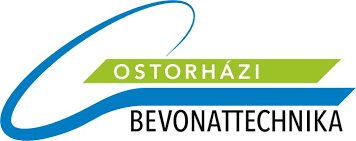Welcome
One of the great achievements of human civilization is to produce metals from natural ores with added energy. These metals are present almost in every area in the form of various utility objects, machines, vehicles, buildings to make our lives better.
Our mission is to increase the lifetime of these metals and preserve their usability, thereby contributing to the sustainable development of humankind.
Depending on the environmental impact, these metals will return to their original ore state in a longer or shorter period of time. In a philosophical sense, this can be called corrosion.
In a linguistic approach, corrosion is a Latin word for corrodere – meaning is chews.
In professional circles, corrosion is defined similarly by various organizations:
NACECorrosion is the destruction of a material, usually a metal, by reaction with its environment.
ISOCorrosion is a physicochemical interaction between a metal object and its environment that results in a change in its properties. This interaction leads to the total or partial destruction of the metal object.
HUNKORCorrosion is a chemical, or electrochemical, interaction between two materials, usually between a metal and its environment, that causes the metal to deteriorate.


According to a study – published at the CORROSION 2016 conference in Vancouver, estimated corrosion costs accounted for 3.4% of world economy GDP in 2013. This is an amazingly large amount. This includes directly corrosion damage, but also indirect damage, downtime, maintenance and renovation costs.
It is therefore in the fundamental interest of society to defend itself against corrosion.
Corrosion design and professional execution are interrelated ways of protection, but specialist training and regular inspections are also activities that increase service life, use value, and reduce energy use and environmental impact, reducing overall costs.
As a corrosion expert, consultant and trainer, I can assist to my partners in these activities.













